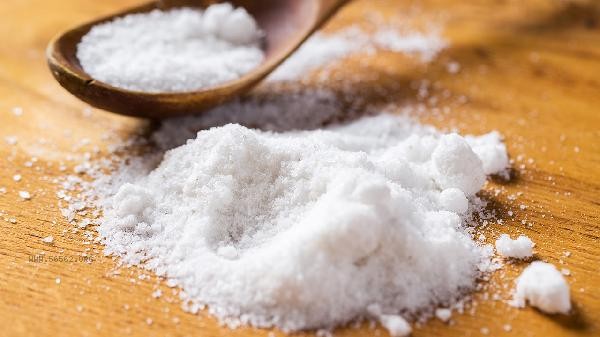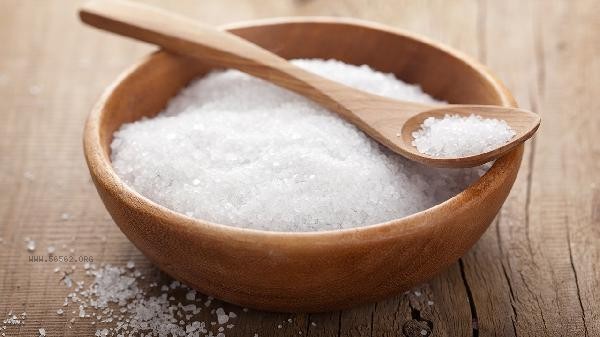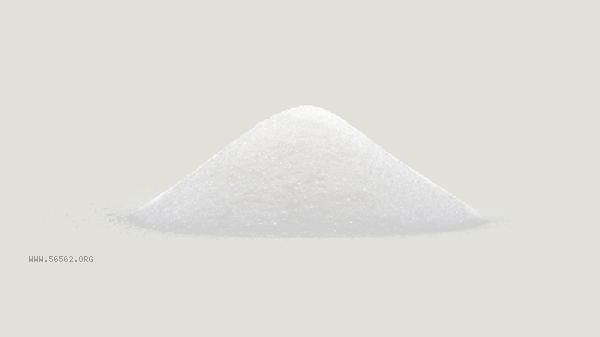Forgetting to add salt to the dough may lead to problems such as rapid fermentation, weak taste, and loose gluten structure. The main functions of salt in dough are to regulate fermentation rate, enhance gluten elasticity, improve flavor, inhibit bacterial growth, and extend shelf life.

1. Fermentation too fast
Salt can inhibit yeast activity, and a lack of salt can lead to uncontrolled yeast growth rate. The fermentation of dough in a salt free environment significantly increases the gas production, which can easily lead to the formation of too many large pores, resulting in rough and uneven bread tissue. Dough that ferments too quickly is prone to collapse during baking, affecting the appearance and texture of the finished product.
2. Taste Defects
Salt is a natural taste enhancer that can highlight the natural sweetness of flour. After baking, the flavor of salt free dough is flat and lacks layering, especially when making salty pastries where the differences in flavor are more pronounced. Salt can also bring a richer aftertaste through its interaction with gluten proteins.
3. Gluten Weakening
Sodium ions in sodium chloride can bind with flour proteins, promoting the formation of gluten networks. The gluten structure strength of salt deficient dough decreases, and its extensibility and elasticity decrease. When kneading, it is easy to stick to the hands and the finished product is prone to cracking. For bread such as baguettes that require long-term fermentation, a lack of salt can seriously affect the internal tissues.

4. Perishable
salt has the effect of inhibiting microbial growth and extending the shelf life of dough. Salt free dough is more susceptible to contamination by lactic acid bacteria and other miscellaneous bacteria, and may produce a rancid taste in high temperature and high humidity environments. Especially for dough that requires overnight refrigeration fermentation, a lack of salt can significantly increase the risk of spoilage.
5. Difficulty in coloring
Salt participates in the Maillard reaction, affecting the coloring of bread skin. When baking salt free dough, the skin color is relatively light, making it difficult to form an attractive golden color. insufficient salt can also cause the epidermis to become thicker and harder, losing its ideal smooth texture. If you find that the dough has forgotten to add salt, you can dissolve the salt in a small amount of water before the initial fermentation and knead it into the dough. Fermented dough can be used to make non fermented foods such as noodles or pancakes. It is recommended to use a kitchen scale to accurately weigh ingredients for daily baking. When making sweet dough, it is advisable to reduce sugar appropriately to balance the missing salty taste. Pay attention to the state of the dough. Overfermented dough can be refrigerated to delay fermentation, or a small amount of white vinegar can be added to adjust the acidity and alkalinity.









Comments (0)
Leave a Comment
No comments yet
Be the first to share your thoughts!